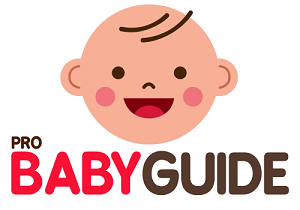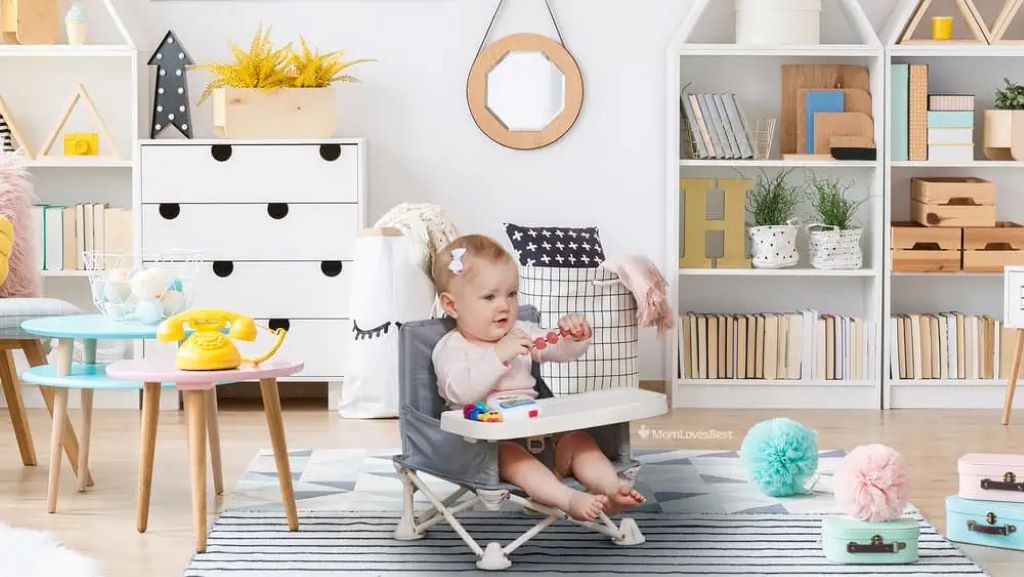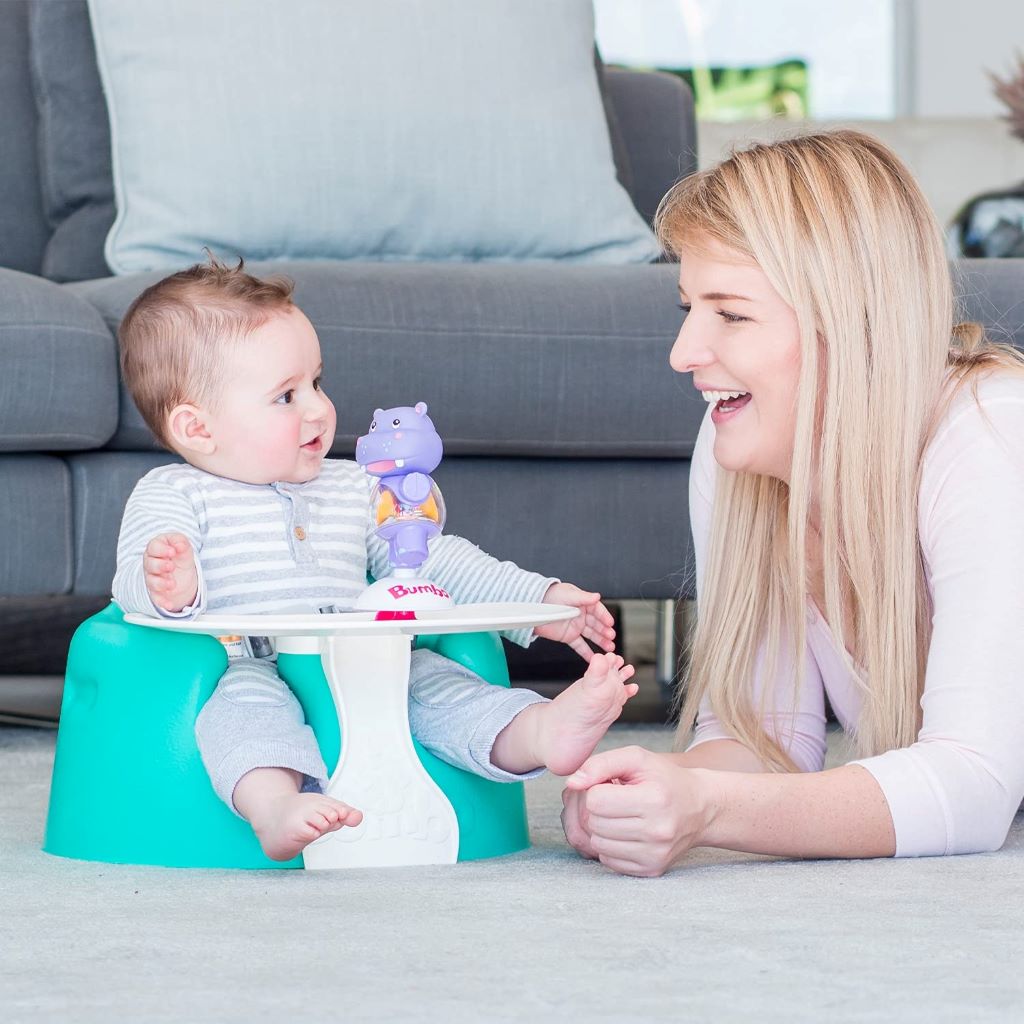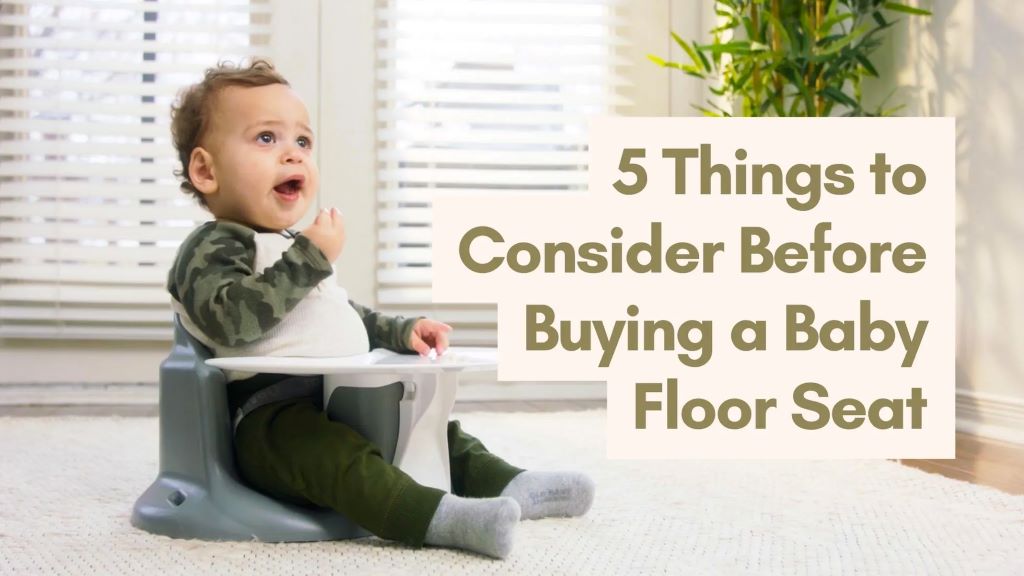As a new parent, you’re constantly looking for safe and comfortable ways for your baby to interact with the world. Floor seats offer a supportive way for your little one to practice sitting up, play, and observe their surroundings. But with so many options on the market, how do you choose the safest and most suitable floor seat for your child?
This comprehensive guide will walk you through the key factors to consider, safety standards to look for, and additional tips to ensure your baby’s well-being.
Why Use a Baby Floor Seat?
- Encourages Development: Floor seats can help babies strengthen their core muscles and develop balance, essential for sitting independently.
- Safe Exploration: They provide a secure environment for babies to play and engage with toys, promoting sensory and cognitive development.
- Hands-Free Convenience: While a floor seat is not a substitute for supervision, it can give you a few moments to complete tasks nearby.
Safety First: Essential Features
- Stable Base: The most critical safety feature is a wide, sturdy base that prevents tipping, even when your baby leans or reaches. Avoid seats that easily topple over.
- Secure Straps: A three- or five-point harness is essential to keep your baby securely in the seat, reducing the risk of falls. Make sure the straps are adjustable and snug but not overly tight.
- Non-Toxic Materials: Choose seats made from BPA-free, phthalate-free, and lead-free materials. Look for certifications from organizations like JPMA (Juvenile Products Manufacturers Association).
- Easy Cleaning: Babies are messy! Opt for seats with removable, machine-washable covers or surfaces that can be wiped clean easily.
- Age and Weight Recommendations: Ensure the floor seat is appropriate for your baby’s age and weight. Most seats are designed for babies aged 4 to 8 months, but some may have a wider age range.
Types of Baby Floor Seats
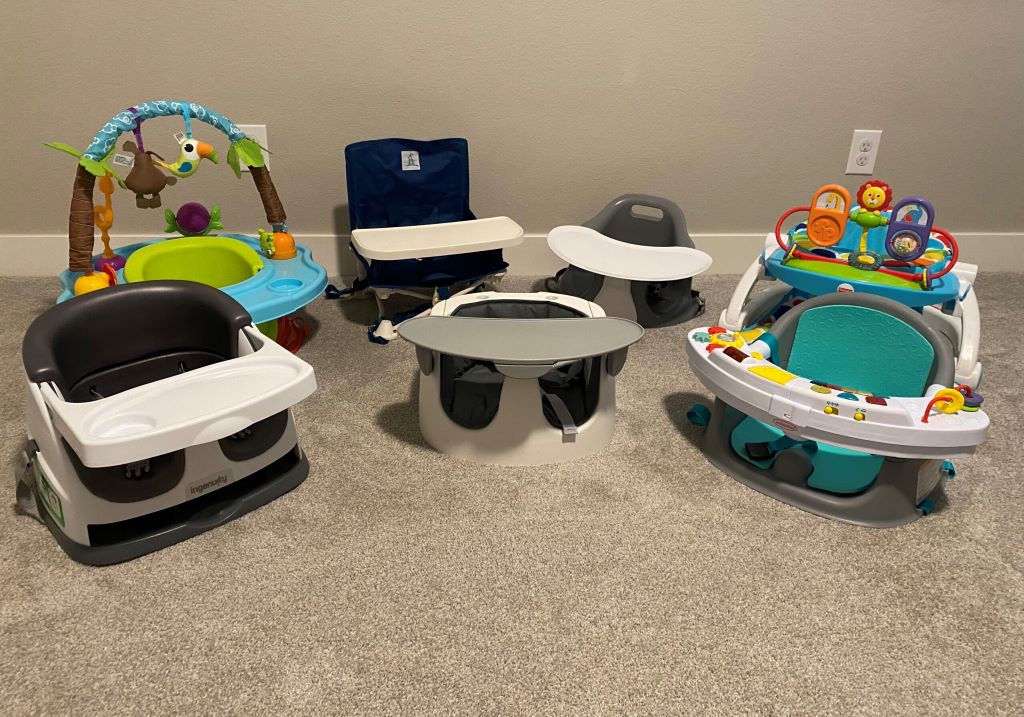
- Foam Floor Seats: Often lightweight and portable, these are popular options for travel or quick use. Look for foam seats with a contoured design that supports good posture.
- Fabric Floor Seats: These seats typically have a metal or plastic frame and a soft fabric seat. They might offer more adjustability and come in various designs.
- Inflatable Floor Seats: While less common, inflatable seats can be a space-saving option. However, carefully check for durability and ensure they are properly inflated.
Related: Why Is Baby Floor Seat Good For Your Growing Kiddos?
Beyond the Basics: Additional Considerations
- Activity Tray: Some floor seats include a tray with toys or activities, which can keep your baby engaged and entertained.
- Portability: If you plan to travel with the seat, consider a lightweight, foldable option.
- Adjustability: Some seats offer adjustable heights or recline options, which can be helpful as your baby grows.
- Style and Comfort: Choose a seat that not only meets safety standards but also appeals to you and your baby’s comfort preferences.
Safety Tips
- Never Leave Your Baby Unattended: Always supervise your child while they are in a floor seat.
- Choose a Flat Surface: Place the floor seat on a level, firm surface, away from stairs, furniture edges, and other hazards.
- Limit Use: While floor seats are beneficial, babies shouldn’t spend excessive time in them. Encourage tummy time and other floor play to promote development.
- Check for Recalls: Periodically check the Consumer Product Safety Commission website for any recalls on baby products.
Making an Informed Decision
Choosing the right baby floor seat involves careful consideration of safety, comfort, and your family’s needs. By prioritizing safety standards and researching different options, you can select a seat that provides a secure and enjoyable environment for your baby’s early development.
In conclusion, selecting a safe and suitable baby floor seat requires thorough research and thoughtful consideration. While floor seats can be a valuable tool in your parenting journey, it’s crucial to prioritize your baby’s safety above all else.
Always adhere to the manufacturer’s instructions and recommended age and weight guidelines. Remember, a floor seat is not a substitute for your loving supervision.
By investing time in researching and selecting the right floor seat, you can create a safe and comfortable space for your little one to grow, learn, and explore the world around them.
